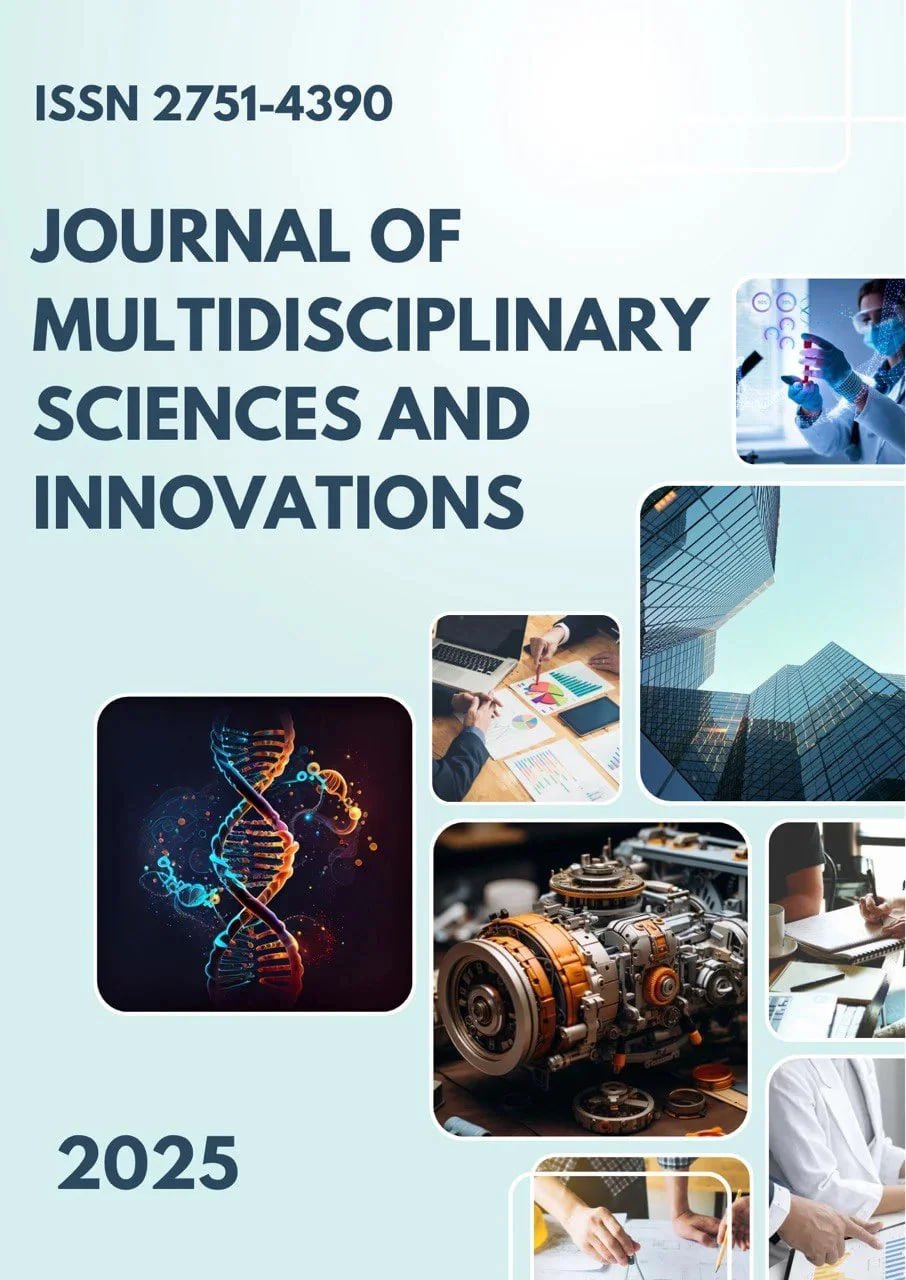THE ISSUE OF GENDER-NEUTRAL LANGUAGE IN ENGLISH: MODERN LANGUAGE CHANGES AND SOCIAL APPROACHES
Main Article Content
Abstract
This article explores how gender-neutral expressions have emerged and are being used in modern English. Terms such as “singular they,” “chairperson,” and “humankind” reflect the shift toward inclusive and equality-driven language. The research focuses on the causes behind this shift, including the impact of social movements and institutional policies, and examines how such expressions are applied in academic, media, and professional contexts. The study uses a mixed-method approach, combining discourse analysis, linguistic comparison, and real-world examples from various types of texts.
Downloads
Article Details
Section

This work is licensed under a Creative Commons Attribution 4.0 International License.
Authors retain the copyright of their manuscripts, and all Open Access articles are disseminated under the terms of the Creative Commons Attribution License 4.0 (CC-BY), which licenses unrestricted use, distribution, and reproduction in any medium, provided that the original work is appropriately cited. The use of general descriptive names, trade names, trademarks, and so forth in this publication, even if not specifically identified, does not imply that these names are not protected by the relevant laws and regulations.
How to Cite
References
1. Lakoff R. Language and Woman's Place. New York: Harper & Row, 1975. – 156b.
2. Cameron D. Feminism and Linguistic Theory. – London: Macmillan Press, 1992. – 216 b.
3. APA. Publication Manual of the APA. 7th ed. – Washington, D.C.: APA, 2020. – 428 b.
4. UNESCO. Gender-Inclusive Language Guidelines. – Paris: UNESCO, 2019. – 38 b. – [Elektron resurs].
5. APA Style Blog. Singular “They”: One Step Closer to Inclusivity. – 2020. – [Elektron resurs].
6. Oxford English Dictionary Online. They (Singular). – 2024. – [Elektron resurs].
7. McWhorter J.The Language Hoax. Oxford: Oxford University Press, 2014. – 240 b.
8. GLAAD. Media Reference Guide. – New York: GLAAD, 2016. – 38 b.
9. The Guardian. Gender-neutral reporting language. – 2023. – [Elektron resurs].
10. Cambridge English Corpus. Usage Trends in Gender-Neutral Language. – 2021. – [Elektron resurs].
11. UzDictionary.uz. O‘zbek tilida jinsiy neytrallik. – 2024. – [Elektron resurs].
12. Eckert P., McConnell-Ginet S. Language and Gender. – Cambridge: Cambridge University Press, 2013. – 406 b.
13. Mills S. Language and Sexism. – Cambridge: Cambridge University Press, 2008. – 212 b.
14. European Institute for Gender Equality (EIGE). Gender-sensitive communication. – Vilnius: EIGE, 2016. – 22 b. – [Elektron resurs].
15. Holmes J.An Introduction to Sociolinguistics. – London: Routledge, 2017. – 278 b.

